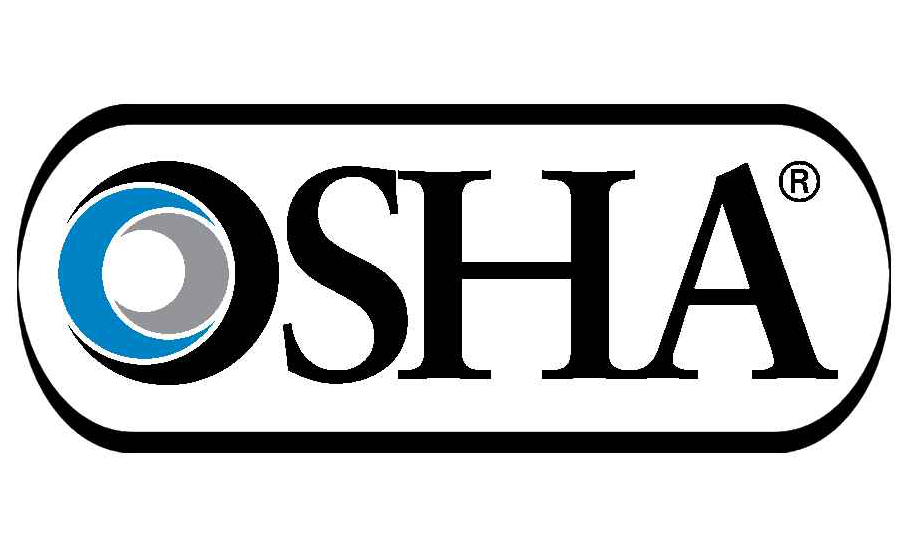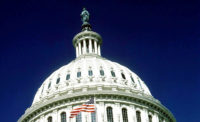DEKRA, a global consultancy that exhibited at Safety 2017, has gone on record stating the idea behind the OSHA recordable rate was a good one, but it is time to get more proactive in tracking safety performance. OSHA recordkeeping provided a level playing field for what would be classified as a medical treatment case or an injury for recording purposes, according to DEKRA. It has provided that consistency, not just in the U.S., but for companies worldwide.
The problem, according to DEKRA, is how many companies have made use of the OSHA recordable rate. Employers looked at the metric as “all insightful” as to how they should view their company's performance in safety. Plus, it simplified how to view performance: “‘I can boil it down to this one number,” according to DEKRA.
There's no looking at potential. The OSHA rate simply looks at the severity of the injury from the event. That's it. DEKRA’s research in serious injury and fatality prevention shows that SIF prevention is all about identifying and mitigating potential.
According to DEKRA, leadership activities, leadership capability and organizational culture measurements are more insightful metrics. The stronger the leaders are, the stronger the culture is, the better the safety results, according to DEKRA experts.





